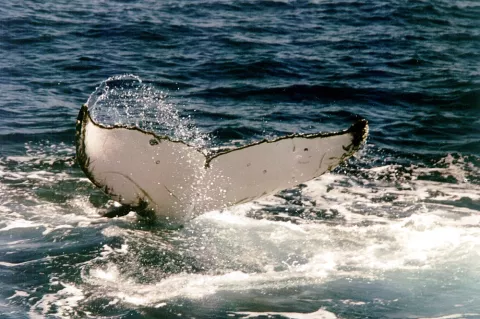Large coral reef discovered off Iraq
Joint expeditions performed by scientific scuba divers from MSC Basrah (Iraq) and SDC Freiberg (Germany) carried out in September 2012 and in May 2013, revealed the existence of a true live coral reef in Iraqi coastal waters for the first time ever.
The Iraqi coast at the northern end of the Persian Gulf is dominated by the large swampy river delta of the rivers Euphrates, Tigris and Karun, merging into the Shatt al-Arab that represents the main outflow in the Arabian/Persian Gulf.






